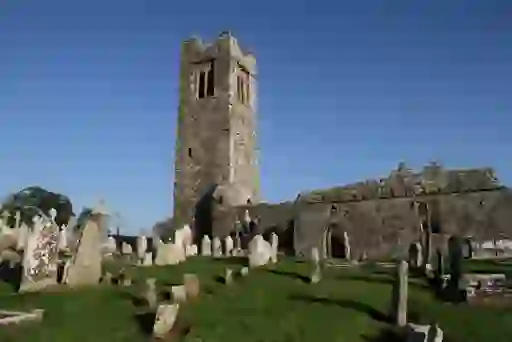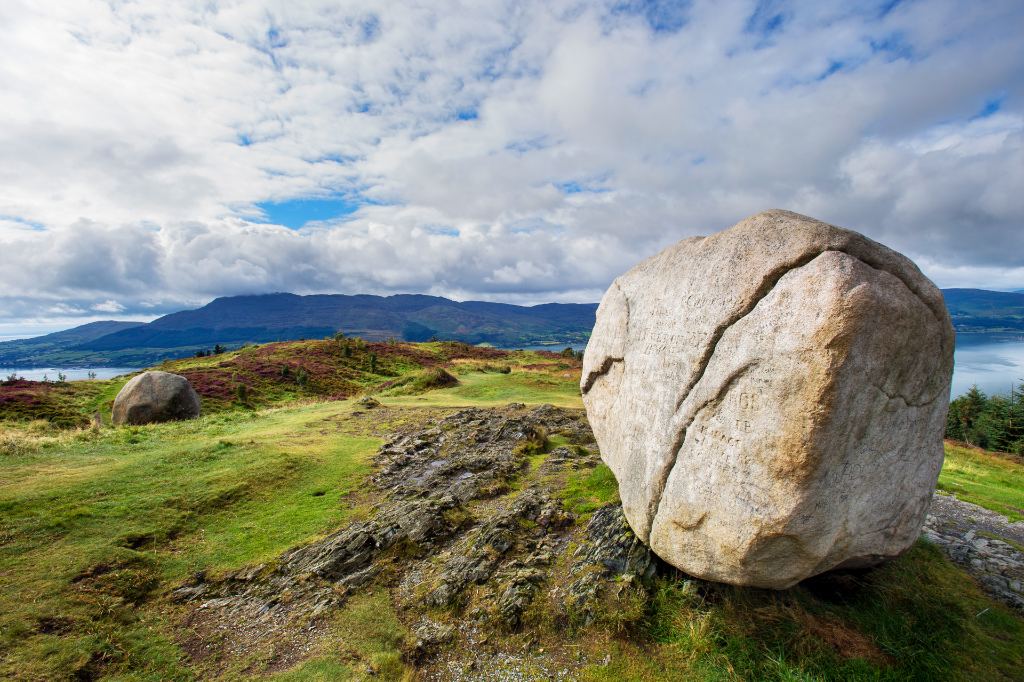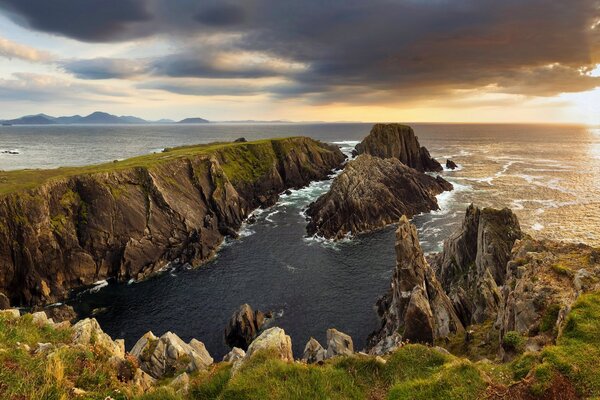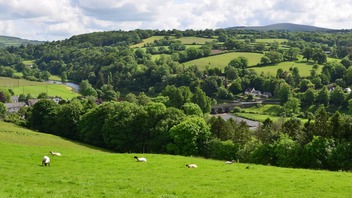

Meet the high kings and heroes



Hill of Tara, County Meath
Said to have ruled from the Hill of Tara for 40 years, High King of Ireland, Cormac Mac Airt, was a just and celebrated leader. His father was slain in battle by Lugaid, his rival for kingship, and Cormac grew up with no knowledge of his royal blood. Once the truth was revealed, he journeyed to Tara in County Meath, where his wisdom won him his rightful place as king. Cormac rebuilt the fallen ramparts of Tara and under his leadership, the land flourished.
2. The origins of Cú ChulainnIreland's greatest hero started life as a boy named Setanta who dreamed of joining the king's fearsome Red Branch Knights. He left home for the king's court, carrying only his cherished hurley stick and sliotar (stick and ball). At a feast thrown by Culann, the king’s blacksmith, Setanta was attacked by Culann’s mighty wolfhound. In self-defence and with fearsome force, Setanta struck his sliotar down the dog’s throat, killing him. Guilt-ridden, Setanta offered to take the hound’s place until a new dog was trained. From that day forward he was known as Cú Chulainn – ‘‘the hound of Culann’’ and went on to become one of Ireland's greatest heroes.


Hill of Slane, County Meath
In 433AD, as the Celtic druids celebrated their feast day on the nearby Hill of Tara in County Meath, St Patrick planned to ignite the flames of Christianity on the Hill of Slane. As the flames of Patrick’s paschal fire reached higher into the sky and the smoke furled over the landscape, High King Laoire was warned of his defiant act and set out to quell the fire, lest it burn forever. Brought before the furious king, St Patrick’s belief and Christian values impressed the ruler so much that he allowed him to freely preach his creed across the island.


Rock of Cashel, County Tipperary
Rising from the Golden Vale of Tipperary, the majestic Rock of Cashel was the seat of the kings of Munster for over a thousand years. A mystical and foreboding sight to behold, this sacred collection of castle ruins and monastic monuments is where St Patrick converted King Aenghus to Christianity. Half a century later, the mighty Brian Boru was crowned King of Ireland here, after he united the country under one leader for the first time in history.


Cloughmore Stone, County Down
It’s pretty obvious that the Cloughmore Stone, a 40-ton granite boulder standing on a mountain ridge 1,000ft above Rostrevor in County Down, must have arrived there through the work of a giant. It's said that it was thrown by legendary hero Fionn mac Cumhaill (Finn McCool) during an argument with another giant. It took all of Fionn's great strength to hurl the massive rock that crushed his enemy. Afterwards, he lay down on Slieve Foy and never awoke. Over the years his body turned to rock and you can still see his outline to this day.


Hill of Uisneach, County Westmeath
In the heart of Ireland’s midlands atop the Hill of Uisneach in County Westmeath, you’ll find a huge weathered limestone boulder known as Aill na Míreann (the Stone of Divisions). Step lightly, for you stand on the hallowed resting place of the goddess Ériu, Ireland’s namesake. This sacred site was the meeting point of the ancient provinces, where the first fires of Bealtaine (summer) were lit. The tradition has been rekindled in recent times, with the Festival of the Fires igniting celebrations through fire, music and performance.
















































